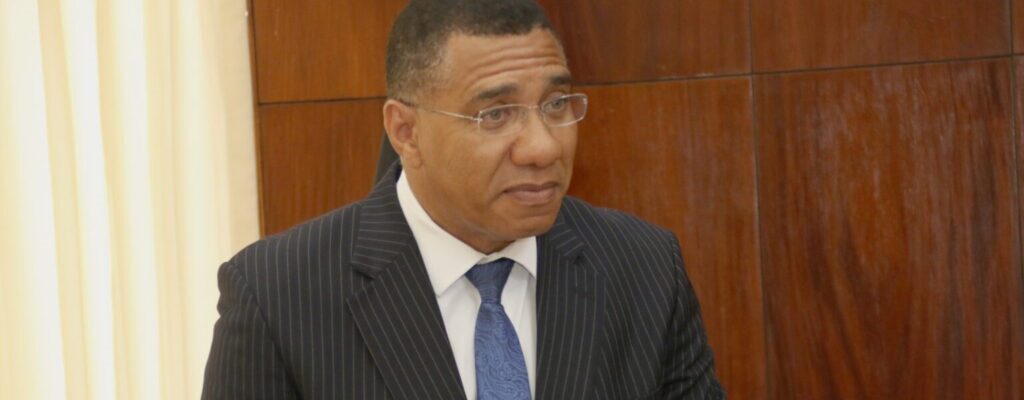
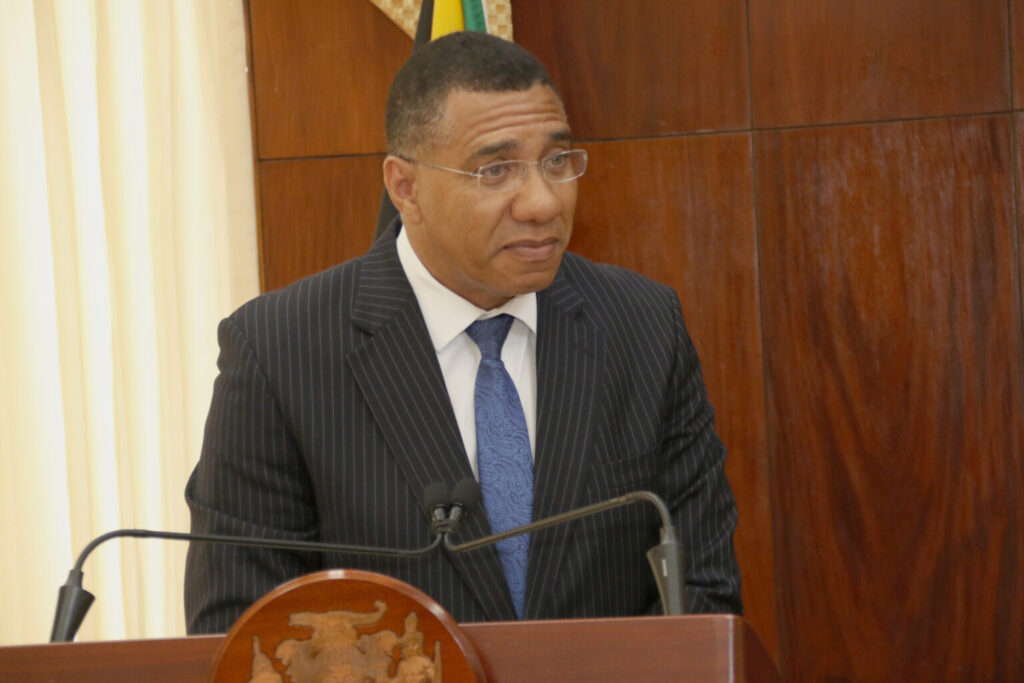
Prime Minister Andrew Holness says he expects that the cost of the damage due to Tropical Storm Rafael, which affected the island on Tuesday, could range between $500 million and $1 billion.
While preliminary assessments are ongoing, he expects to have more refined figures by the end of the day.
“We are not yet in a position to give definitive figures as to the damage assessment and what it will cost. Our figures are preliminary but we expect them to be in the wide region between half a billion to a billion dollars. But as I said, by the end of the day we will have more refined figures to share with the public,” he said while addressing a post-cabinet press briefing on Wednesday, November 6.
The prime minister highlighted that Jamaica is well-prepared to handle the aftermath of the storm through its national disaster risk financing mechanism. This includes a contingency fund of approximately $5 billion, designed to address the fiscal challenges posed by such disasters.
“Jamaica has a multi-layered disaster risk response which we didn’t have five years ago. This is a new development in our government which all Jamaicans should be proud of. One of the old features of Jamaica, particularly when disaster struck, external unexpected ones like the ones we are experiencing now, weather-based, climate-based disaster, we would have to borrow. It would have a significant fiscal impact and I am saying this to the public so that it gets into our consciousness that we appreciate that Jamaica has changed and changed in positive ways,” he said.
Holness said unlike in the past, when Jamaica had to borrow funds to cover disaster-related costs, the country now has a multi-layered disaster risk response system that includes an insurance policy through the Caribbean Catastrophe Risk Insurance Facility (CCRIF) and the issuance of a catastrophe bond, which is the first of its kind in the Caribbean.
In addressing concerns about the timeline for road repairs, Holness acknowledged the complexity of the work, which involves procurement and contractual processes.
However, he assured Jamaicans that the government is committed to not only repairing roads but also transforming infrastructure systems in a way that will have long-lasting benefits for the country.
“We are going fix your roads, it will be transformational and like everything we have done it’s not a patch response, it is building systems in place that will become institutions that will endure, that will solve the problem over the short, medium and long term,” he said.

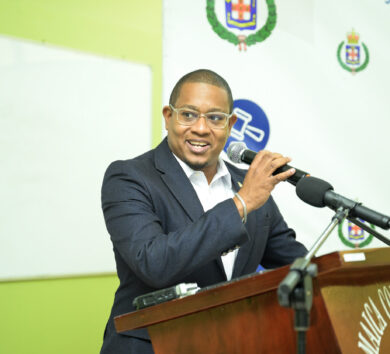
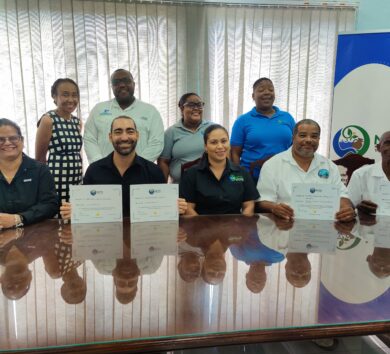

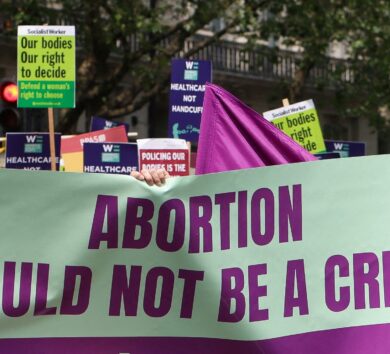


Comments